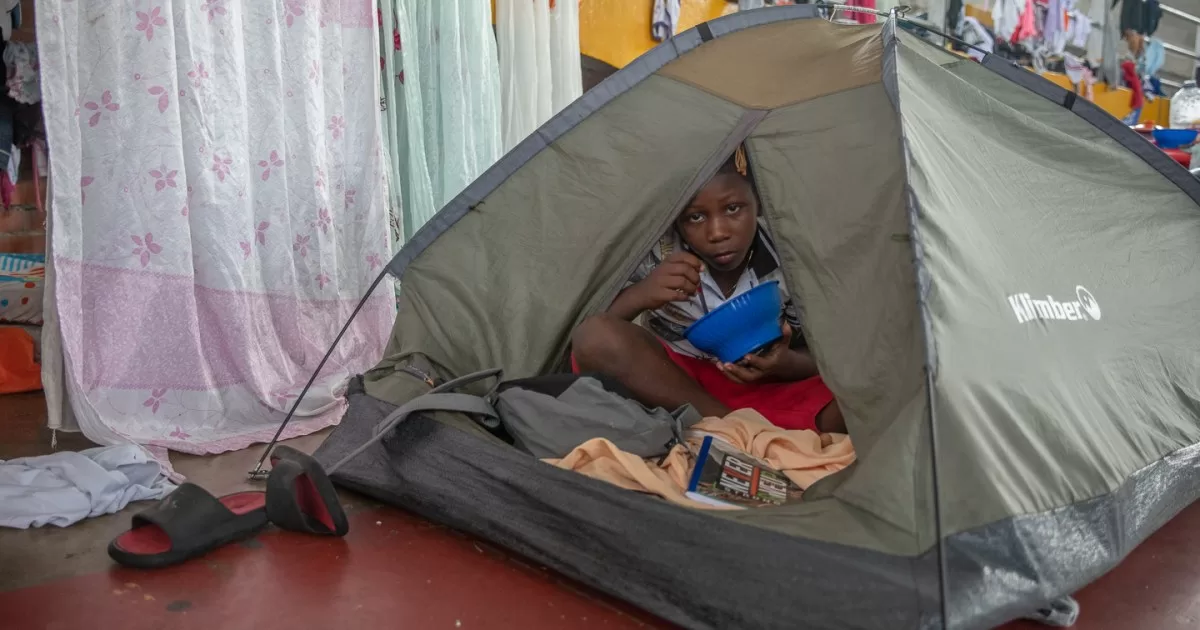Manyoma is from San Isidro, an Afro-Colombian village nestled between tropical forests and the Calima River in the country’s southwest.
There, nine Black communities collectively own 67,000 hectares (165,600 acres), where families make a living by farming, fishing, and logging. But the town is also a strategic stop in the international cocaine trade, located along a corridor that drug traffickers use to reach Buenaventura, the country’s largest port.
As a result, gunfire often echoes through San Isidro, leaving villagers in fear of stray bullets and other threats. But two years ago, on April 10, 2022, Manyoma and other residents reached a breaking point.
After several gunfights, an imposed curfew and the disappearance of a villager, families fled the village in droves, climbing onto two buses they had chartered with what few possessions they could carry.
But their escape thrust them into the midst of yet another crisis: one of mass internal displacement.
Millions of Colombians have been forced from their homes, as the country contends with a decades-long conflict that pits government forces against drug cartels, armed groups and right-wing paramilitaries, all jockeying for power and territory.
Since leaving San Isidro, Manyoma’s family and dozens of others have lived crammed in the Crystal Coliseum, a sports arena turned emergency shelter in Buenaventura.
They thought their stay would last a matter of weeks, maybe months. But now, two years on, Manyoma and others say they feel stranded in a state of limbo, waiting for a peace that never seems to come and struggling to scrape a living in the meantime.
“It feels like living in a crystal ball with no way out,” Manyoma told Al Jazeera.
